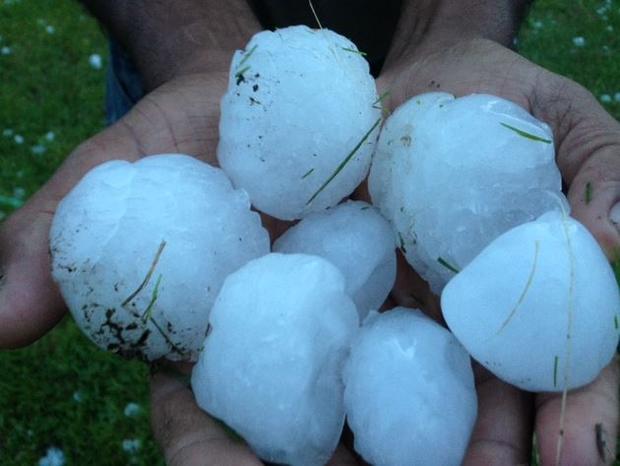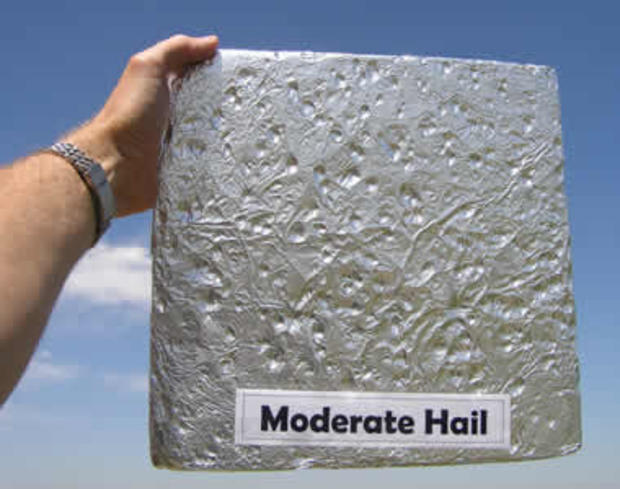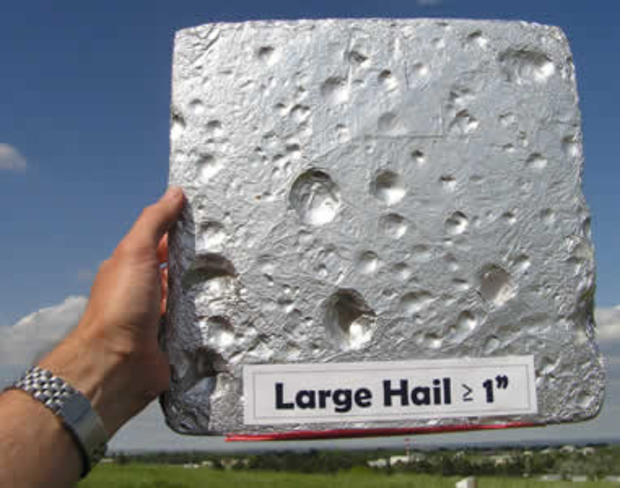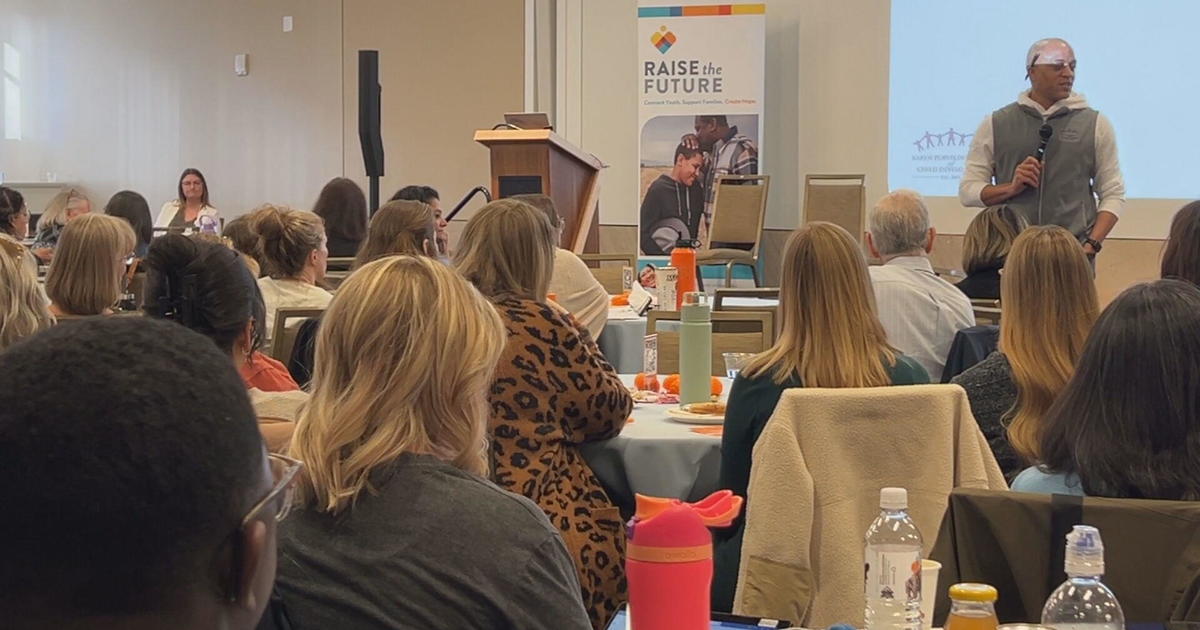Boulder Scientists Need Help With One 'Hail' Of A Weather Study
DENVER (CBS4) - It's one of the least documented forms of precipitation on the planet yet it can be one of the most destructive.
We're talking about hail.
Unless a hailstorm occurs in the vicinity of a weather station or is relayed to the National Weather Service via law enforcement or social media, it often goes undocumented.
But you can help change that.
This summer scientists at the National Center for Atmospheric Research in Boulder (NCAR) are hard at work trying to better understand and predict high-impact weather, such as hailstorms.
It's called the Short-Term Explicit Prediction (STEP) program and its a real-time weather experiment running through August 15 along Colorado's Front Range.
The goal is to test the predictive skill of a forecast model to improve short-term weather predictions.
In addition to monitoring rainfall, STEP scientists are also looking for information about hail through a partnership with the Community Collaborative Rain, Hail and Snow Network (CoCoRaHS).
Volunteers with CoCoRaHS deploy a hail pad in their yard to collect valuable information about hail.
The pads are quite simple - a special type of styrofoam covered with heavy duty aluminum foil - but the footprint left behind can tell a very detailed story about a hailstorm.
To learn more information or to find a CoCoRaHS coordinator in your area click here.
To make your own hail pad click here.
To learn more about measuring hail click here.
Meteorologist Chris Spears writes about stories related to weather and climate in Colorado. Check out his bio or follow him on Twitter @ChrisCBS4.







